
JAPANESE PRINTS
A MILLION QUESTIONS
TWO MILLION MYSTERIES
|
INAZUMA |
|
稲妻 |
|
いなずま |
|
A Flash of lightning |
|
Lightning as Represented in Japanese Prints
(No print shown on this page is being offered for sale by Ukiyo-e Prints.)
A person could write a book on the history of lightning --- and perhaps someone has. Anyone who has grown up in one of the zones where lightning is so frequent knows either fascination or fear or both. Lying in bed at night children would use the system their fathers had taught them to gauge the distance between themselves and the brilliant flashes that lit their night skies: one Mississippi, two Mississippi, three....and so on. But that was my childhood. Could it have been much different in Japan or in ancient Greece when Zeus unleashed his wrath or in Scandinavia where Thor frightened Viking children --- and superstitious adults? All of us know that Benjamin Franklin lived to tell about his experiment and that lightning zapped Boris Karloff's Frankenstein into life. And yet despite all of our scientific advances lightning still retains its mystery and continues to touch the child in each of us.
When it comes to art there are very few representations of lightning in the West. The earliest and most dramatic can be seen in Giorgione's "The Tempest" ca. 1510-15. Although there must have been other examples through the centuries it wasn't until the 1868 that the American Martin Johnson Heade created another such dramatic effect in his "Thunderstorm on Narragansett Bay" . |
|
|
|
|
However, lightning appears far more frequently in Japanese prints although its appearance is still somewhat rare. Perhaps it is the graphic nature of Japanese designs which lends itself more readily to such examples. |
|
THE THUNDERBOLT REALM |
|
The bell with the three prongs at the top is a symbol of esoteric Buddhism used by the Shingon and Tendai sects. Its origins are found in early Indo-Aryan culture where it was a weapon representative of a thunderbolt. In Japan it is known as a kongōsho, but elsewhere it is referred to as a vajra. It can have one, two, three or five prongs, the last reserved for use by the highest ranking priests. Or, it could be a double vajra with up to six prongs. I don't know when the bell was added, but it might be interesting to find out.
As a symbolic weapon the vajra is used in the Thunderbolt Realm, one of two forms of Buddhist reality, and has the power to cut through obstacles which prevent enlightenment. As such it can assist the karmic self.
If you wish to see the whole print of which the bell is just one small detail click on the image above. |
|
TORII KIYOSHIGE (fl. 1720-60)
Detail of print of Ogino Isaburo I as Onna-Narukami (the Goddess of Thunder.) |
|
清 重
|
|
|
|
This is the earliest example I could find so far. |
||
|
UTAGAWA KUNIYOSHI (1797-1861)
Detail of a print showing Yorimasa killing the nue after having shot an arrow into a cloud. Date: ca. 1830
|
|
国 芳
|
|
|
UTAGAWA KUNISADA (1786-1864)
Detail of long surimono showing Ichikawa Danjuro VII as Sugiwara no Michizane (845-903) in a scene from Sugiwara denju tenarai kagami. Date: 1831
|
|
国 貞
|
|
|
TAISO YOSHITOSHI (1839-1892)
Detail of Sugiwara no Michizane (845-903) conjuring a thunderstorm on Mt. Tenpai. This print is basically the same scene as the image found immediately above in Kunisada's surimono . Date: 1881
|
|
芳 年
|
|
|
TOYOHARA KUNICHIKA (1835-1900)
Detail of a triptych by Kunichika from the 9th month, 1896. This image represents the spirit of Aku Genta Yoshihira, a 12th century figure who was beheaded at the age of 20 by the Taira. |
|
国 周 |
|
|
The greatest commonality of the five examples shown immediately above is lightning as an element of the supernatural. In the first image it is the thunder god which directs the flashes. In the second it is simply an accompaniment while in the last three the spirits of the dead seem to be able to conjure forth the awesome powers of nature. However, the lightning seen in the Toyokuni III print from the series of "36 Selected Beauties" --- which was the impetus of this short illustrated essay --- seems to serve a more straight forward and mundane function. This is also true of the other four print details shown below. |
|
UTAGAWA TOYOKUNI III --- A.K.A. KUNISADA (1786-1864)
Detail of a print from the series "36 Selected Beauties" Date: 1st month, 1861 |
|
豊 国 三 代
|
|
|
UTAGAWA KUNISADA (1786-1864)
Detail of the central panel of a triptych "Shower on the Way Home" from "The Sixth-Month Fuji." There is a spiritual element to the theme of this print, but it is far more tenuous and possibly allegorical. Date: ca. late 1820s
|
|
国 貞
|
|
|
KATSUSHIKA HOKUSAI (1760-1849)
Detail of image of "Mt. Fuji in Storm: Rainstorm Beneath the Summit" from the series "36 Views of Mt. Fuji". Date: Early 1830s |
|
北 斎
|
|
|
KATSUSHIKA HOKUSAI (1760-1849) Detail of image of "Mt. Fuji in Storm: Rainstorm Beneath the Summit" from the series "36 Views of Mt. Fuji". Date: Early 1830s --- this example is from a later edition.
|
|
北 斎
|
|
|
As we pointed out in the introduction to this page lightning is seen far more frequently in Japanese woodblock prints than it is in the art of the West. However, what is most striking about this representation is that the area below the lightning bolt is shown as a brightened field. The only other similar example we have encountered is in the Toyokuni III print from the series of "36 Selected Beauties." |
|||
|
LIGHTNING AS A TEXTILE PATTERN |
|
UTAGAWA TOYOKUNI III --- A.K.A. KUNISADA (1786-1864)
Detail of the lightning pattern seen on the robe of Fuwa Banzaemon. Date: Ca. 1852
|
|
三 代 豊 国
|
|
|
Merrily Baird's excellent reference volume Symbols of Japan: Thematic Motifs in Art and Design, page 39, refers to certain lightning motifs as "tightly coiled forms in a variety of geometric shapes." This is clearly and dramatically displayed on the robe pattern shown above. The origin of such motifs like so many others is Chinese. |
|||
|
LIGHTNING AS A TATTOO PATTERN |
|
UTAGAWA KUNIKAZU (Fl. ca. 1848-68)
Detail of Mimasu Daigoro IV as Goshaku Somegoro. Date: Ca. 1858-9
|
|
国 員 |
|
|
Horimono or the Japanese art of tattoo offers innumerable powerful motifs. As you can see lightning can be one of the most effective. |
|||
|
LIGHTNING AND HUMOR |
|
UTAGAWA KUNIYOSHI (1797-1861)
Detail of a giga or comic print of an oni sharpening the edges of lightning bolts. These could be used to snag and haul in evil doers. |
|
国 芳
|
|
|
Notice the similarities between the lightning bolts seen in the examples above and below to the earliest one shown on this page and to that of the fabric design by Toyokuni III. |
|||
|
UTAGAWA KUNIYOSHI (1797-1861)
Detail of giga print. |
|
国 芳
|
|
|
LIGHTNING IN SOSAKU HANGA |
|
MIKE LYON (American) Born 1951
"The Fisherman & His Wife" Color woodcut Date: 1996 Size: Ca. 9.5" x 14"
The full image is being shown with the permission and encouragement of the artist. |
|
|
|
I strongly recommend that the reader of this page on lightning in Japanese prints visit the website of the American woodblock print artist being shown here. His work can be found at: http://mlyon.com/ |
|
While speaking long distance recently a friend reminded me of this delightful print. While it is not Japanese it is by a remarkable artist who has honed his skills in the area of sosaku hanga, i.e., prints which are drawn, carved and printed by the artist himself. This is a 20th century phenomenon totally unlike the tradition of ukiyo-e images seen above which involved an artist, a publisher, a master carver and a whole host of assistants. If you visit Mike's website you will see the degree of refinement he has attained and how easily you could mistake his most recent works for those of a shin hanga artist and not that of a sosaku one. (Shin hanga are the 20th century equivalents of traditional ukiyo-e.) |
|
The BBC offers a wonderful web site "Painting the Weather". A few of the images selected are by Japanese artists. If you are interested it is worth a visit. |
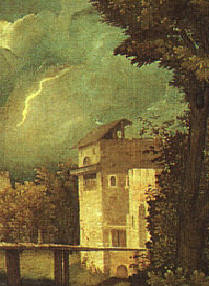
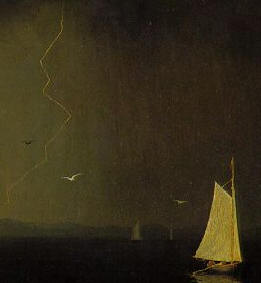
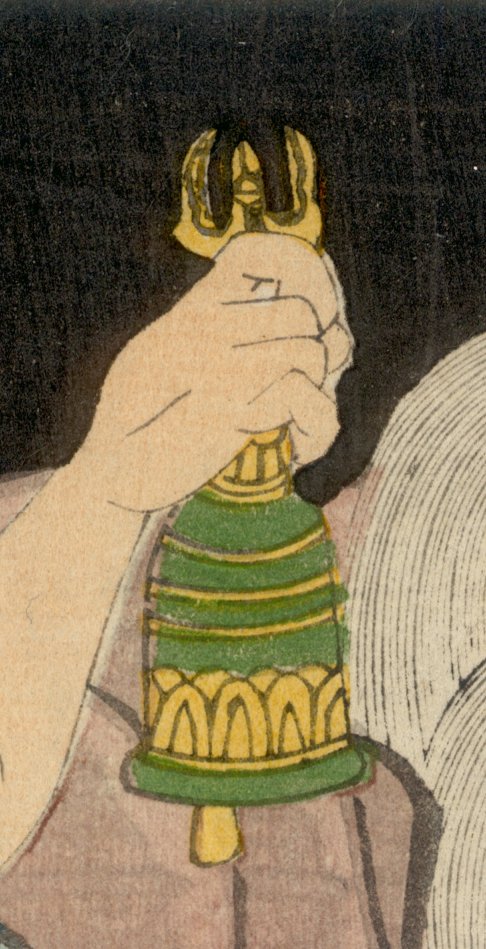
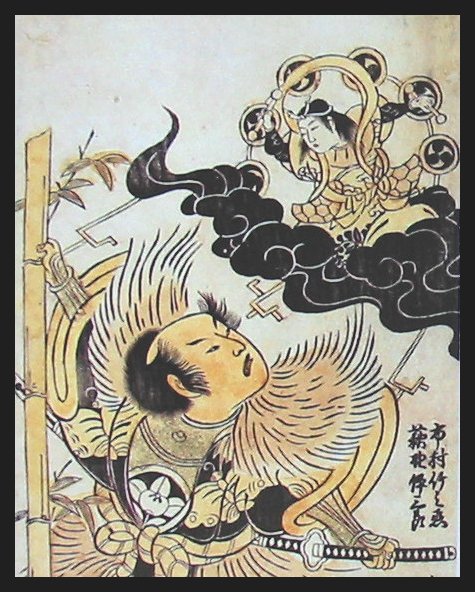
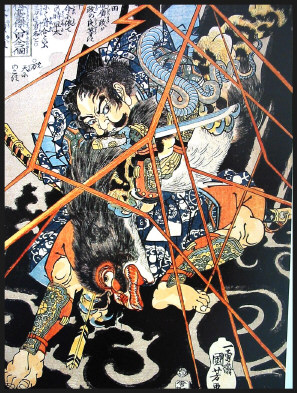
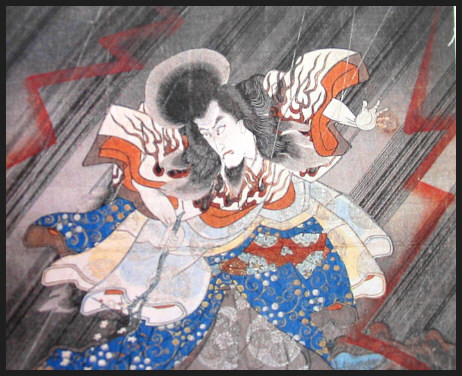
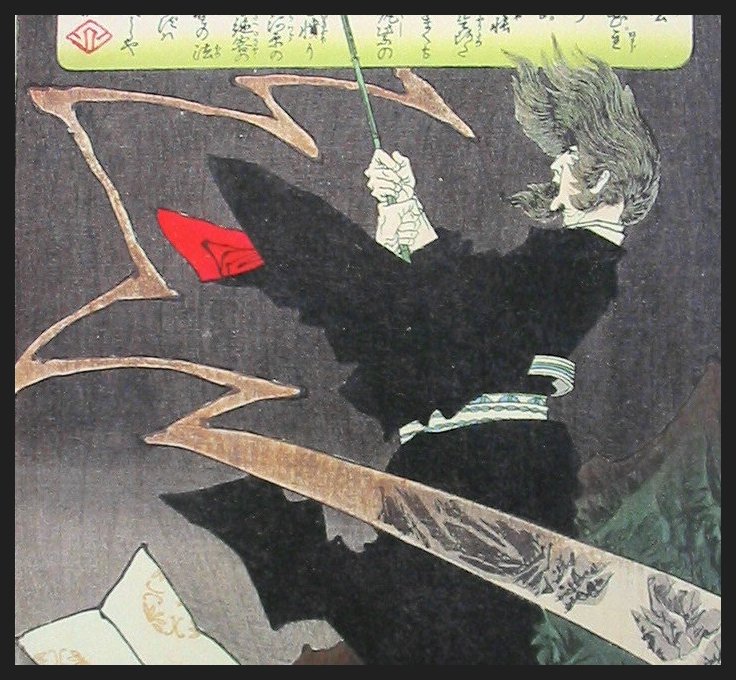
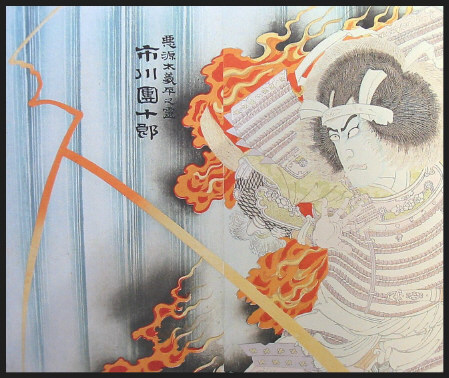
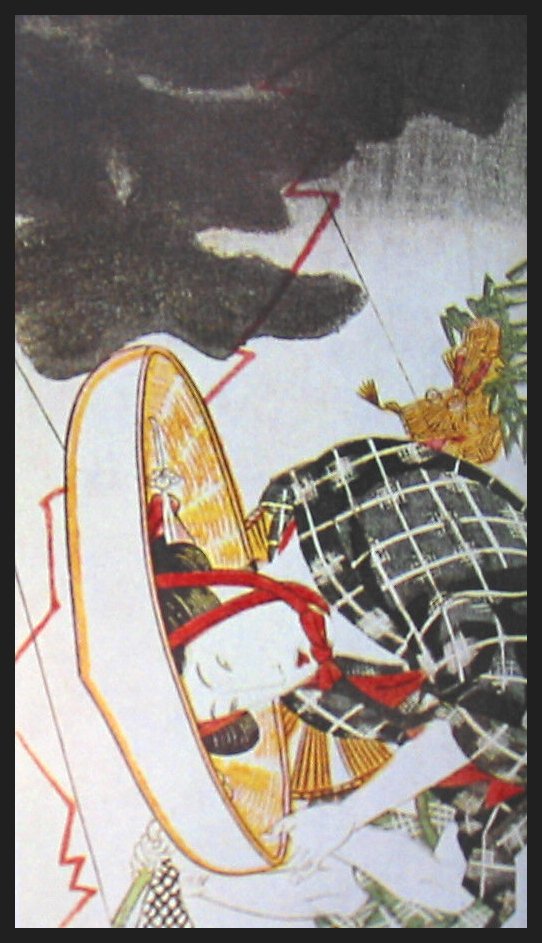
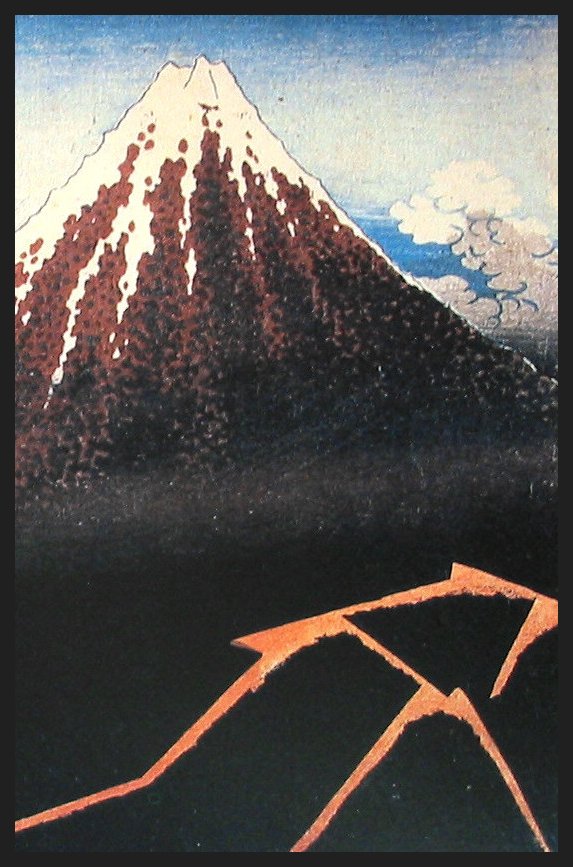
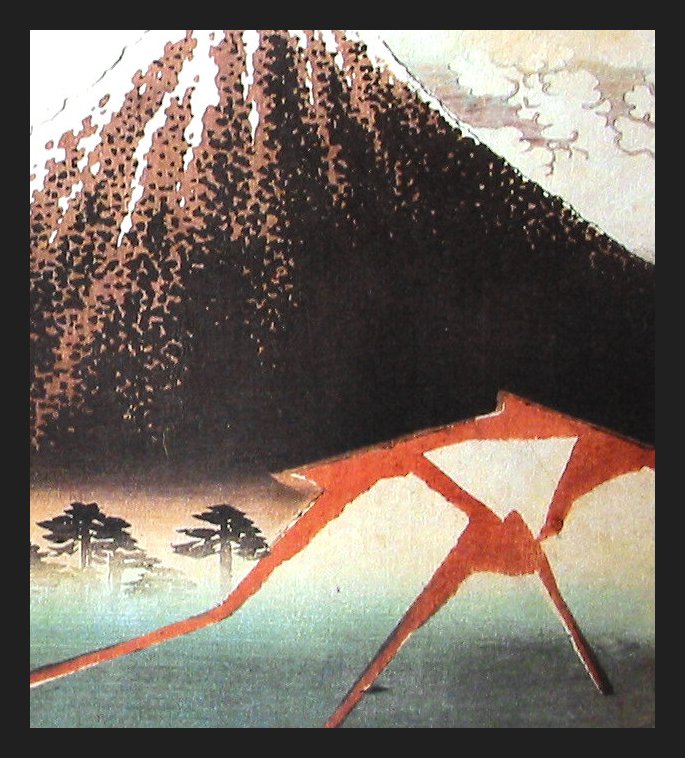
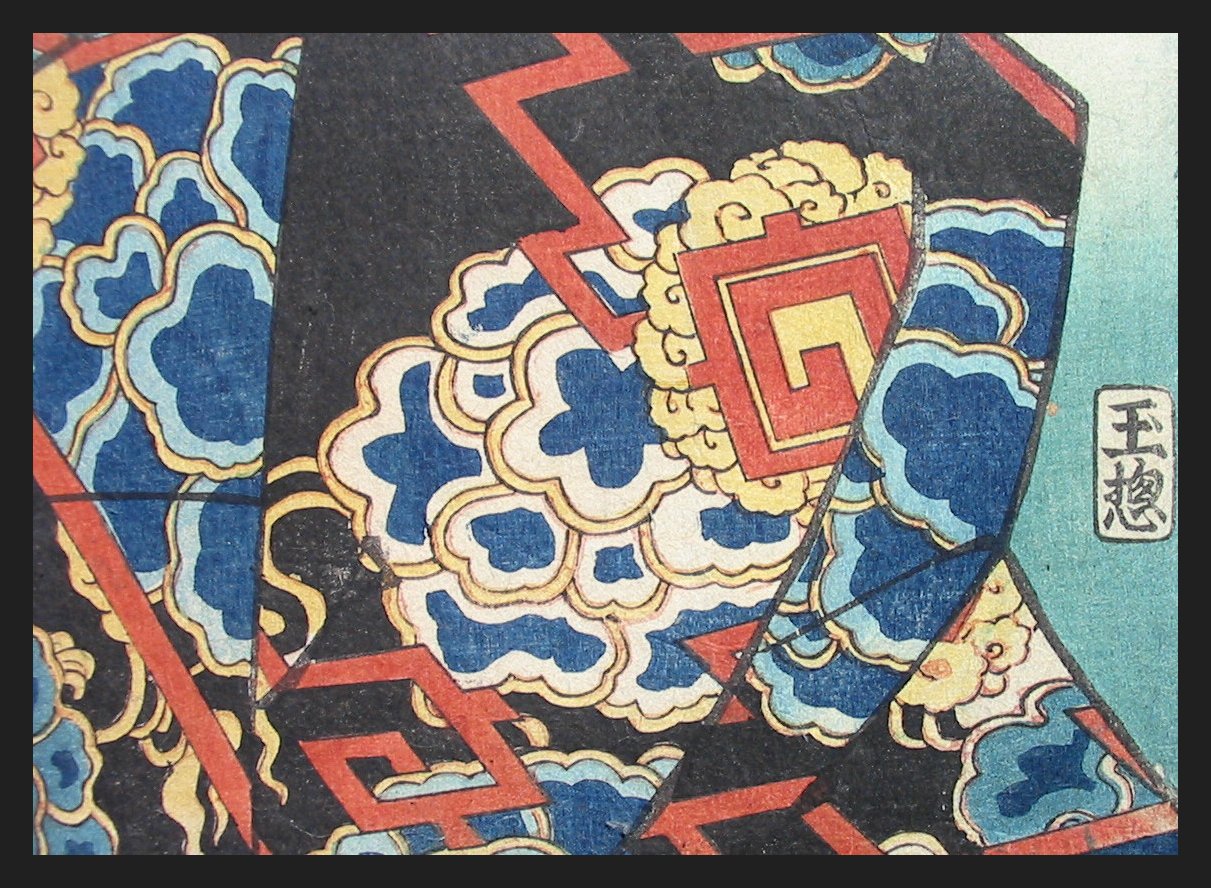
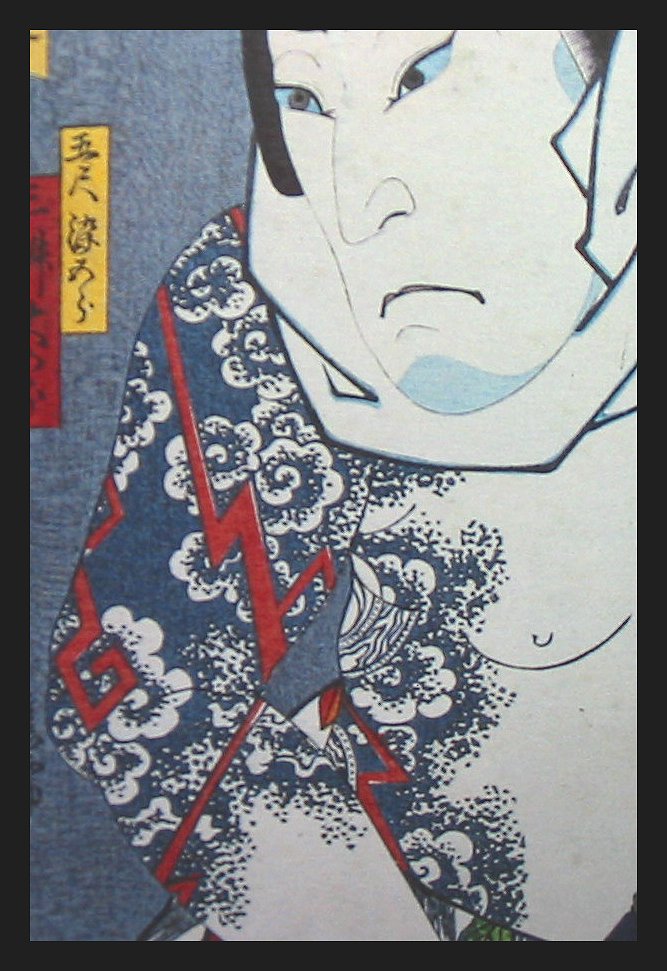
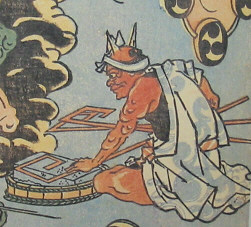
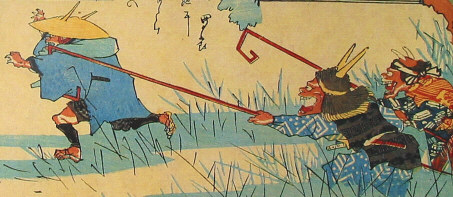
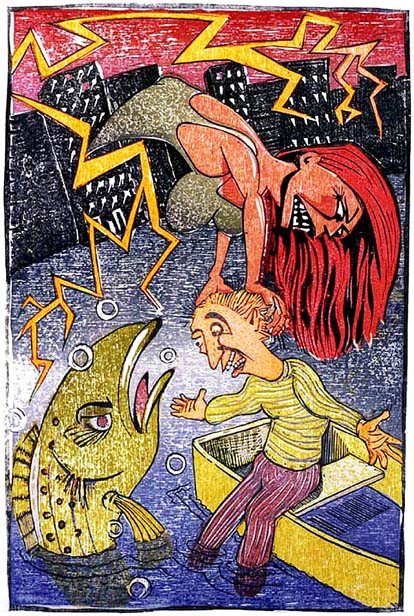
 HOME
HOME